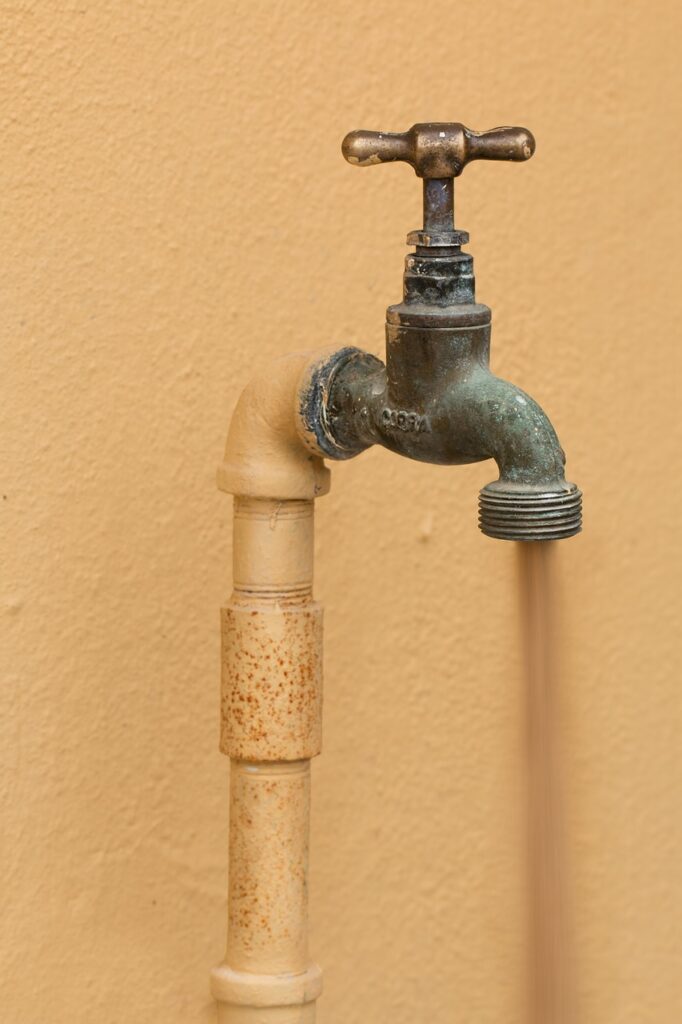Selecting a toilet might seem like a straightforward task, but with the wide variety of options available today, it can quickly become overwhelming. The right toilet not only complements your bathroom’s aesthetic but also enhances comfort and functionality. Whether you’re renovating your bathroom or simply replacing an old fixture, understanding key factors such as style, flushing technology, size, and water efficiency is crucial. In this comprehensive guide, we’ll explore these factors to help you make an informed decision when choosing the best toilet for your bathroom.
Contents
1. Types of Toilets
Toilets come in several types, each offering distinct advantages based on your preferences and bathroom layout:
- Two-Piece Toilets: These are the most common toilets, consisting of a separate tank and bowl. They are typically easier to install and repair because the tank and bowl can be moved independently.
- One-Piece Toilets: One-piece toilets integrate the tank and bowl into a single unit. They have a sleek appearance and are generally easier to clean since they have fewer crevices where dirt can accumulate.
- Wall-Mounted Toilets: These toilets are mounted directly onto the bathroom wall, with the tank hidden behind the wall. They save floor space and allow for easy cleaning underneath, but installation can be more complex.
2. Flushing Technology
The flushing mechanism determines a toilet’s performance in terms of effectiveness and water efficiency:
- Gravity Flush: Traditional and reliable, gravity flush toilets use the weight and force of water to clear waste. They are quiet and usually require a larger water volume per flush.
- Pressure-Assisted Flush: These toilets use compressed air to force water into the bowl, providing a more powerful flush. They are louder but can be more effective in removing waste.
- Dual Flush: Increasingly popular for water conservation, dual flush toilets offer two flush options: one for liquid waste (low volume) and another for solid waste (full volume). They help reduce water consumption significantly.
3. Size and Comfort
Consider the dimensions of the toilet, especially if you have limited space or specific accessibility needs:
- Bowl Shape: Toilets typically come with round or elongated bowls. Elongated bowls provide more seating space and are generally more comfortable, but round bowls are better for compact bathrooms.
- Seat Height: Standard toilets have a seat height of about 15 inches. Comfort height toilets, which are taller (around 17 to 19 inches), are easier to use for taller individuals and those with mobility issues.
4. Water Efficiency
Choosing a water-efficient toilet not only saves water but also reduces your utility bills. Look for toilets that are certified by organizations such as WaterSense (in the US) or WELS (in Australia):
- WaterSense Certified: These toilets use no more than 1.28 gallons per flush (gpf), significantly less than older models that can use 3.5 gpf or more.
- WELS Ratings: In Australia, toilets are rated from 0 to 6 stars based on water efficiency, with 6 stars being the most efficient.
5. Additional Features
Modern toilets often come with additional features that can enhance convenience and hygiene:
- Soft-Close Seats: Seats that close slowly and quietly, reducing noise and preventing slamming.
- Bidet Functionality: Some toilets offer built-in bidet features for enhanced cleanliness.
- Self-Cleaning Features: Certain toilets have surfaces treated to resist stains and bacteria buildup, making cleaning easier.
6. Budget Considerations
Toilets are available in a wide price range, so it’s important to set a budget that aligns with your preferences and needs:
- Entry-Level Models: Basic toilets with standard features are generally more affordable and still offer reliable performance.
- Mid-Range Options: These toilets may include additional features like dual flush capabilities or ergonomic designs.
- High-End Choices: Luxury toilets with advanced flushing technology, bidet functions, and premium materials can be significantly more expensive.
7. Installation and Maintenance
Finally, consider the ease of installation and maintenance:
- DIY vs. Professional Installation: While some toilets can be installed as a DIY project, others, such as wall-mounted toilets or those requiring electrical connections for bidet functions, may require professional installation.
- Ease of Cleaning: Choose toilets with smooth surfaces and minimal gaps to facilitate cleaning and reduce the accumulation of dirt and bacteria.
Conclusion
Selecting the best toilet for your bathroom involves balancing aesthetics, functionality, and efficiency. By considering factors such as toilet type, flushing technology, size, water efficiency, additional features, budget, and installation requirements, you can make a well-informed decision that enhances both the comfort and style of your bathroom. Whether you opt for a classic two-piece toilet or a sleek, high-tech one-piece model, investing time in choosing the right toilet will pay off in terms of comfort, efficiency, and long-term satisfaction.










